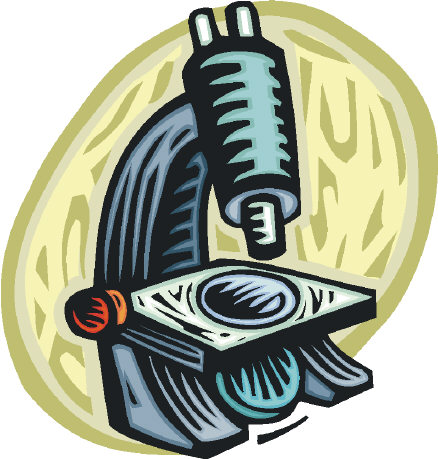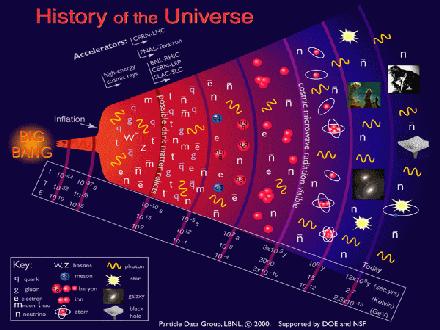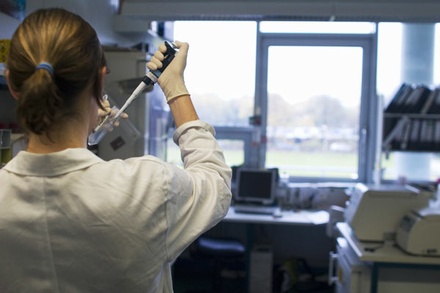Subscribe to the newsletter
[x]
Stay in touch with the scientific world!
Know Science And Want To Write?
Apply for a column: writing@science20.com
Donate or Buy SWAG
Please donate so science experts can write
for the public.
At Science 2.0, scientists are the journalists,
with no political bias or editorial control. We
can't do it alone so please make a difference.
We are a nonprofit science journalism
group operating under Section 501(c)(3)
of the Internal Revenue Code that's
educated over 300 million people.
You can help with a tax-deductible
donation today and 100 percent of your
gift will go toward our programs,
no salaries or offices.
- On January 5th, Don't Get Divorced Because Of Hallmark Movies
- The Enceladus Idea In The Search For Life Out There
- 'The Operating Reality Has Changed' - Without Mandates, The Electric Car Market Is Collapsing
- To Boomers, An AI Relationship Is Not Cheating
- Does Stress Make Holidate Sex More Likely?
- Anxiety For Christmas: How To Cope
Interesting insights from outside Science 2.0
Who's
Online?
Online?
© 2025 Science 2.0






